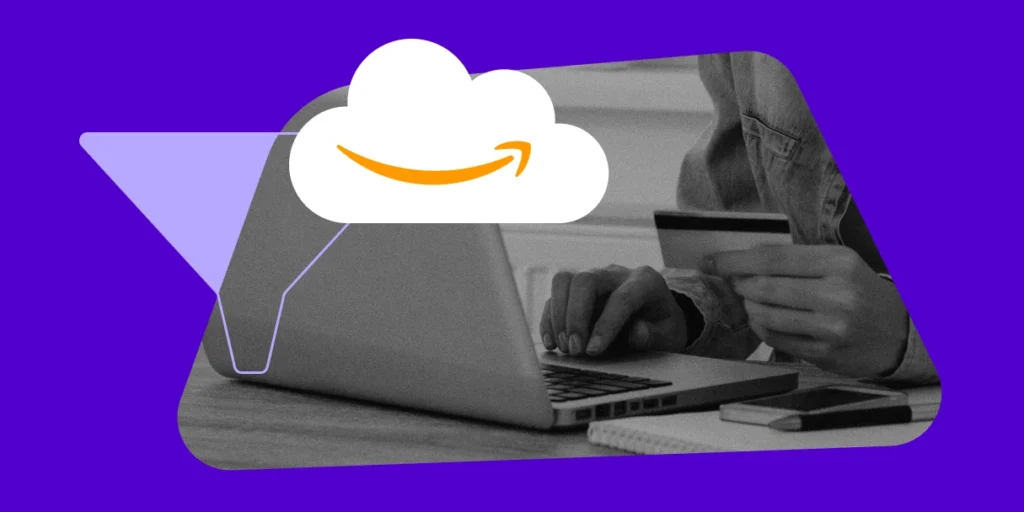One of the biggest retail trends in 2019 is sure to be the continued growth of private labels. Private label products are manufactured by a third-party manufacturer, then sold under a retailer’s brand name.
According to CB Insights, sales of private label products are growing three times faster than branded products. One of the most popular private labels? AmazonBasics.

What is AmazonBasics?
AmazonBasics is Amazon’s private label brand for everything from kitchen gadgets to tech accessories — and everything in between. The brand originally focused on small, relatively inexpensive products.
But since its launch in 2009, AmazonBasics has expanded from a small selection of charging cables and batteries to thousands of “everyday items.”

The sheer volume of purchase data available to Amazon gives them a unique advantage when it comes to anticipating demand.
By analyzing what customers search for, click on, and purchase, they’re able to add new products to the AmazonBasics brand quickly and inexpensively.
Alternatively, when a product line fails to turn profits, Amazon is equally quick to discontinue and un-list it.
How AmazonBasics impacts Amazon sellers
AmazonBasics is great for cost-conscious consumers, but it can be challenging for Amazon sellers. AmazonBasics offers products in over 14 categories, including cables, batteries, office accessories, sports, travel, bedding, pet supplies, and many more.

If you’re also selling products in these categories, you’re probably competing directly with AmazonBasics, which makes it hard to get your product in front of customers.
It’s almost a catch-22 — if a certain non-Amazon product line becomes too successful, Amazon is likely to create their own private label version of the item, eventually hampering that success.
Amazon also gives its “Amazon’s Choice” designation to products that are performing well in a certain category. The Amazon Choice tag is especially important because it pushes the listing to the top of search results and is the first choice given to shoppers using Alexa to shop.

If your customers don’t specifically ask for your brand by name, they won’t be able to order it on their Alexa device. This makes building brand loyalty and community incredibly important for Amazon sellers.

What sellers should know:
While Amazon will likely always have the cheaper, better-selling option on the products in the AmazonBasics categories, sellers can make sure they stay relevant by following Amazon best practices.
Make sure that your product listings follow all of Amazon’s requirements, including image requirements and listing restrictions.
To make your product easier for shoppers to find, make sure that it’s unique and fits a niche. AmazonBasics clearly has the market covered for the basic stuff — charging cables, laptop stands, and kitchen gadgets — so an in-demand and unique product should perform better.
Surprising and delighting your customers is another way to differentiate your products from AmazonBasics. While private labels are rising in popularity for their price and convenience, not every customer wants the most basic and inexpensive option.
Create a higher quality option and consider bundling it with a free gift or another accessory to stand out from Amazon’s version.
Finally, make sure your products have keyword-rich descriptions and high-quality images. At the end of the day, Amazon isn’t just a marketplace; it’s a product search engine. Make it easier for shoppers to find your products with keywords that match what they’re looking for.
There are a ton of guides and tips out there on how to “beat” Amazon’s search engine, from how to capitalize product titles to which backend keywords to use.
To learn more, check out our Ultimate Guide to Amazon SEO & Cracking the A9 Algorithm.

The guide includes tips for creating the best Amazon product listings and images, keyword optimization, and ways to optimize your listing for the Amazon Search Engine.
You Might Be Interested In















